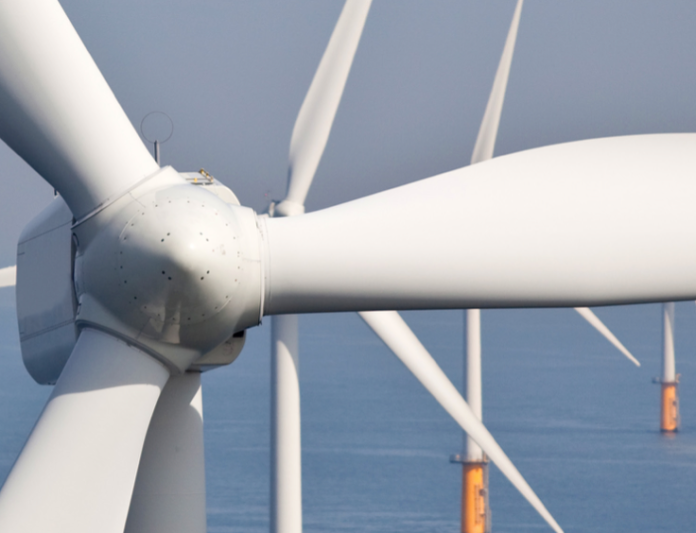Building on its commitment to achieving net-zero greenhouse gas (GHG) emissions in Massachusetts by 2050, the Baker-Polito Administration has detailed policies and strategies to equitably and cost-effectively reduce emissions and combat climate change in two reports – the Massachusetts 2050 Decarbonization Roadmap Report and an interim 2030 Clean Energy and Climate Plan (CECP).
“The people of Massachusetts are experiencing record droughts, increased risk of wildfire, severe weather and flooding in our coastal communities,” says Gov. Charlie Baker. “The costly impacts of climate change are on display, making it critical that we take action.”
The 2050 roadmap outlines eight potential pathways to net-zero emissions, including an analysis of potential energy resources, projected energy demand and the energy supply necessary to meet the demand in all sectors of the economy while meeting the 2050 emissions limit established in April 2020. Based on its analysis of a range of potential pathways, the roadmap finds that the most cost-effective, low-risk pathways to net-zero share core elements, including a balanced clean energy portfolio anchored by a significant offshore wind resource, more interstate transmission, widespread electrification of transportation and building heat, and reducing costs by taking action at the point of replacement for energy infrastructure.
The roadmap also finds that achieving net-zero emissions will deliver significant benefits to residents across the state, including a drop in air pollution, particularly in environmental justice communities currently overburdened with poor air quality; savings in health costs of up to $100 million per year by 2030; and the creation of thousands of high-quality local jobs.
The 2030 CECP will help Massachusetts meet its 2030 emissions limit of 45% below 1990 levels, which will require a reduction in statewide emissions about 19 million metric tons below current levels.
In the electricity sector, the plan finds that the administration’s clean energy and clean transmission procurements including offshore wind, hydropower and the SMART solar program will be essential to achieving the 2030 limit – while the state work’s to add an additional 2,000 MW of clean energy.
The 2030 CECP is being released for public comment and the administration is seeking feedback from stakeholders and members of the public. Public comments on the plan will be accepted through February. The administration plans to publish a finalized 2030 CECP in March.
Original source: North American Wind Power
